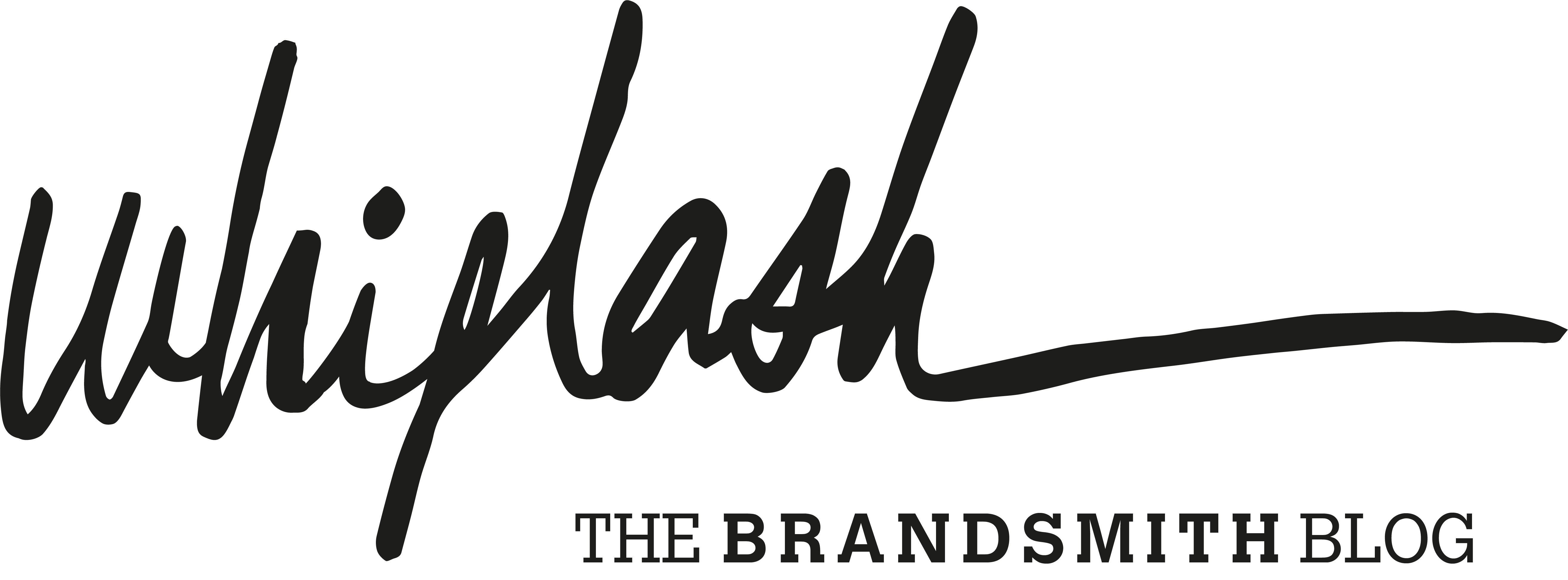Whiplash Team, 3rd June 2022
A unified language for a consistent brand
The words that make up a brand’s lexicon constitute its verbal universe and express its identity. Organisations are beginning to understand the importance of aligning their language, not just in marketing communication, but at every stakeholder touchpoint.
Language is a powerful tool. Not just to communicate; it also has the power to reflect our identity. The way we talk says a lot about us. The words we use, the tone and how we say them allow the receiving party to draw conclusions about who and how we are.
Likewise, how a brand talks to its users expresses its identity and defines, in the consumer’s eye, many of the perceptions that make up a brand’s symbolic ecosystem.
Our thoughts, dreams, and aspirations are fixed in the words we choose –even without realizing it– to communicate with all truthfulness what we want to say.
Thus, words are not innocent. Rather, they are loaded with intention. Hence the importance of choosing them carefully so they express the values and the identity of the brand in every aspect of the business, not only in the marketing circle.
Build a verbal identity aligned with the purpose
When building a verbal universe, the organization makes decisions that determine its self-perception and how the public identifies it as a brand. A language shared by the whole organisation unifies its self-perception and clearly expresses what it is and what it does, as well as its deep sense of mission, because it arises from the company’s identity and reflects its values, its culture, and its personality.
If the organisation’s language is anarchic and each area uses its own jargon, the company will develop a ghetto culture. That lack of consistency will eventually have an impact on the brand and, almost certainly, will reach the client in the form of an inconsistent user experience.
A company that defines itself as joyful, fun and dynamic cannot use boring and depressing language, nor should it become aggressive when entering the legal field, or dull, if we move to the technical one. The challenge is to make the brand language prevail and find its place, integrating specific lexicon from the field in which we move, without ceasing to sound like ourselves.
The verbal consistency speaks of an aligned company that pursues the same objective. But getting the culture of the organisation to revolve around a core idea expressing its purpose, means not only to have its own unified language that reflects that deep sense of mission and moulds the attitude of the corporation it should be integrated into the brand’s DNA.




